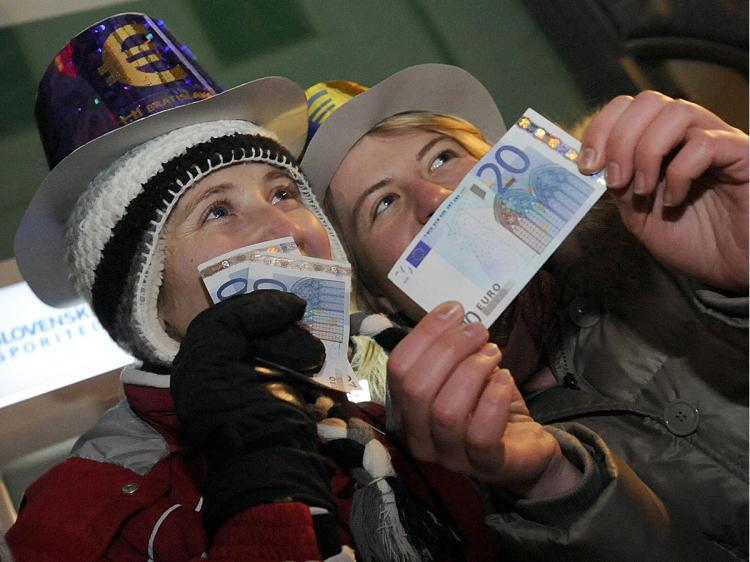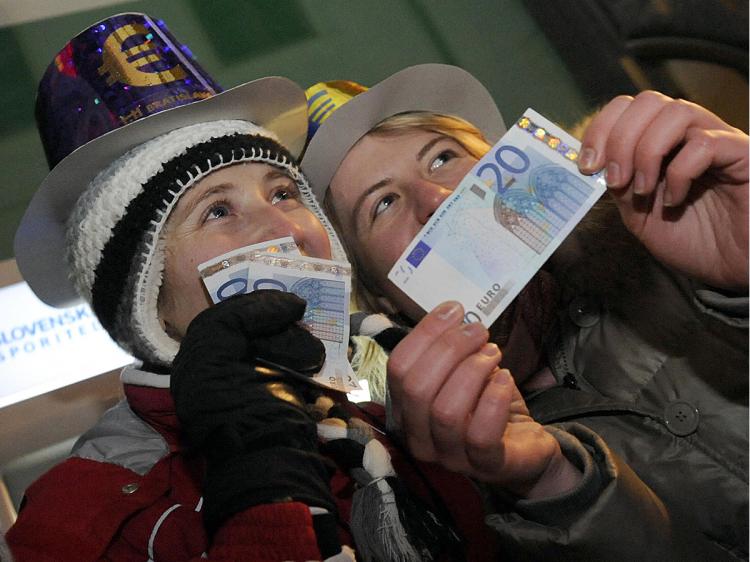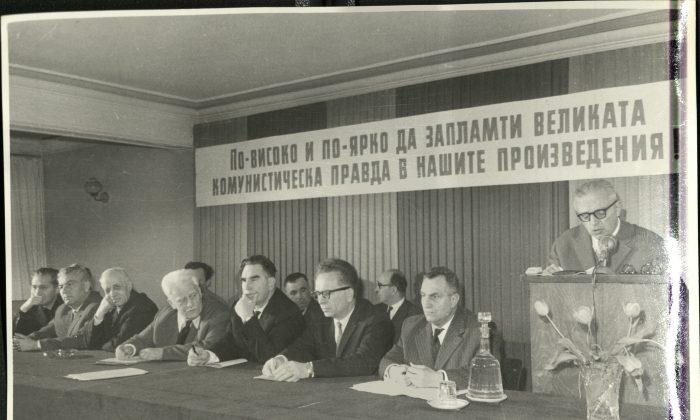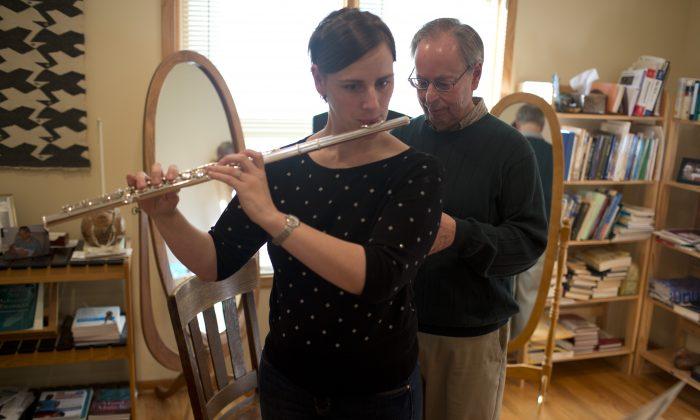“We are very happy in Slovakia because we believe that Europe will be a big success for Slovakia. Of course we are also happy because we are going to introduce the euro at a time of deep economic crisis and Europe can be very helpful for us,” Prime Minister Robert Fico said, quoted by Euronews.
He was among the first to withdraw 100 euros (US$140.11) from a cash machine in the parliament building in the capital Bratislava.
The euro and the Slovak koruna (crown) will be in turnover together until January 16. The koruna has been pegged at a rate of 30.126 to the euro since July 2008. Many believe the entrance to the Eurozone will create a shield for the Slovak economy under the worldwide economic crisis. At the same time, the strong euro might pose challenges to the country’s exports, especially in the automobile industry.
After becoming a full-rights member of the European Union in 2004, Slovakia has enjoyed one of the biggest economic growth rates in the group—10 percent for 2007. But surveys show its population is among the poorest in the EU and they fear the new currency might bring higher inflation.
Slovakia is the third ex-communist country in Europe to take the euro, after Eastern Germany in 1999, and Slovenia in 2006. With Slovakia, the currency will be used by almost 330 million people with an annual GDP of more than 4 trillion euros (US$5.6 trillion).
The euro was introduced in 1999 and officially used as coins and banknotes since January 1, 2002. It substituted the previous European Union currency, ECU (European Currency Unit), at a 1:1 ratio.
Currently, three EU members are exempt from the Eurozone despite being obliged to enter—the United Kingdom, Denmark, and Sweden, the last to reject the euro at a referendum in December 2008. On the other hand, there are six non-EU countries which adopted the Euro on their own initiative: Vatican City, Monaco, San Marino, Andorra, Montenegro, and Kosovo.
According to the Maastricht Treaty of 1992, EU member states are obliged to join Eurozone if they meet certain macroeconomic requirements like inflation rate, interest rates, government deficit, etc. Thus, the next to adopt the euro will be Estonia (2011), Bulgaria (2012), Lithuania (2013), Romania (2014), and Czech Republic (2015). However, these plans may be disrupted if the countries spoil their economic indicators in the meantime. This happened already to Lithuania and Estonia whose entry was planned for January 1, 2007 but was delayed due to their unacceptably high inflation rates.






